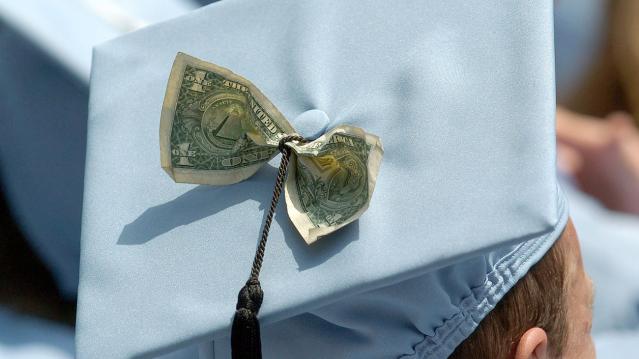Cockroaches, Rats and Mice: These Are the Country’s Most Infested Cities

New York really is the most infested city in the country, at least according to a Bloomberg analysis of Census Bureau data on cockroach, mouse and rat sightings.
The Big Apple doesn’t lead in any of those individual categories. Homes in Tampa, Fla., have the most roaches, and those in Seattle may have the most rats. Philadelphia houses had the most mouse sightings in the country. But when Bloomberg combined all three categories, New York came out with the highest cumulative score.
Perhaps surprising given the economic state of the city, Detroit residents were the least likely to report seeing a mouse, rat or roach.
Related: The Top 9 Summer Insects to Avoid and How
The data covered only 25 metro areas, so some large cities like Dallas, Los Angeles and San Francisco don’t appear on the list.
Roaches appear to enjoy nice weather. Nearly 40 percent of homes in Tampa had evidence in roaches in the past year, followed by Houston and Austin. Cities with the fewest roach sightings were Seattle, Minneapolis and Detroit.
Mice, on the other, hand, seem to prefer the northeast. Nearly 20 percent of Philly homes had evidence of mice, followed by Baltimore and Boston. Tampa, Jacksonville, and Las Vegas had the lowest percentage of mouse sightings.
More than 20 percent of homes in Seattle and Austin had rats, with Miami rounding out the top three. Richmond, Va., Hartford, Conn., and Minneapolis had the lowest level of rat sightings.
All those vermin lead to big business. Last year, the U.S. pest control industry generated nearly $7.5 billion in revenue, a 3.5 percent increase year-over-year.
Bloomberg reported that the data also showed a difference in infestation levels of homes with families living below the poverty line and minority families, which were more likely to report evidence of rats and roaches.
Top Reads from The Fiscal Times:
- Cecil the Lion Gives Voice to a Growing List of Illegal Slaughters
- How the Media and You Are Misled by False Data
- America’s 10 Top Selling Medications
Chart of the Day: Long Way to Go on Coronavirus Testing

The White House on Friday unveiled plans for a new effort to ramp up testing for Covid-19, which experts say is an essential part of limiting the spread of the virus. This chart from Vox gives a sense of just how far the U.S. has to go to catch up to other countries that are dealing with the pandemic, including South Korea, the leading virus screener with 3,692 tests per million people. The U.S., by comparison, has done about 23 tests per million people as of March 12.
After Spending $2 Billion, Air Force Bails Out on Planned Upgrades of B-2 Bombers

The Air Force has scrapped a planned upgrade of its B-2 stealth bomber fleet — even after spending $2 billion on the effort — because defense contractor Northrup Grumman didn’t have the necessary software expertise to complete the project on time and on budget, Bloomberg’s Anthony Capaccio reports, citing the Pentagon’s chief weapons buyer.
Ellen Lord, the undersecretary of defense for acquisition and sustainment, told reporters that the nearly $2 billion that had already been spent on the program wasn’t wasted because “we are still going to get upgraded electronic displays.”
Big Hurdle for Sanders’ Plan to Cancel Student Debt

Bernie Sanders wants to eliminate $1.6 trillion in student debt, to be paid for by a tax on financial transactions, but doing so won’t be easy, says Josh Mitchell of The Wall Street Journal.
The main problem for Sanders is that most Americans don’t support the plan, with 57% of respondents in a poll last fall saying they oppose the idea of canceling all student debt. And the politics are particularly thorny for Sanders as he prepares for a likely general election run, Mitchell says: “Among the strongest opponents are groups Democrats hope to peel away from President Trump: Rust Belt voters, independents, whites, men and voters in rural areas.”
Number of the Day: $7 Million

That’s how much Michael Bloomberg is spending per day in his pursuit of the Democratic presidential nomination, according to new monthly filings with the Federal Election Commission. “In January alone, Bloomberg dropped more than $220 million on his free-spending presidential campaign,” The Hill says. “That breaks down to about $7.1 million a day, $300,000 an hour or $5,000 per minute.”

